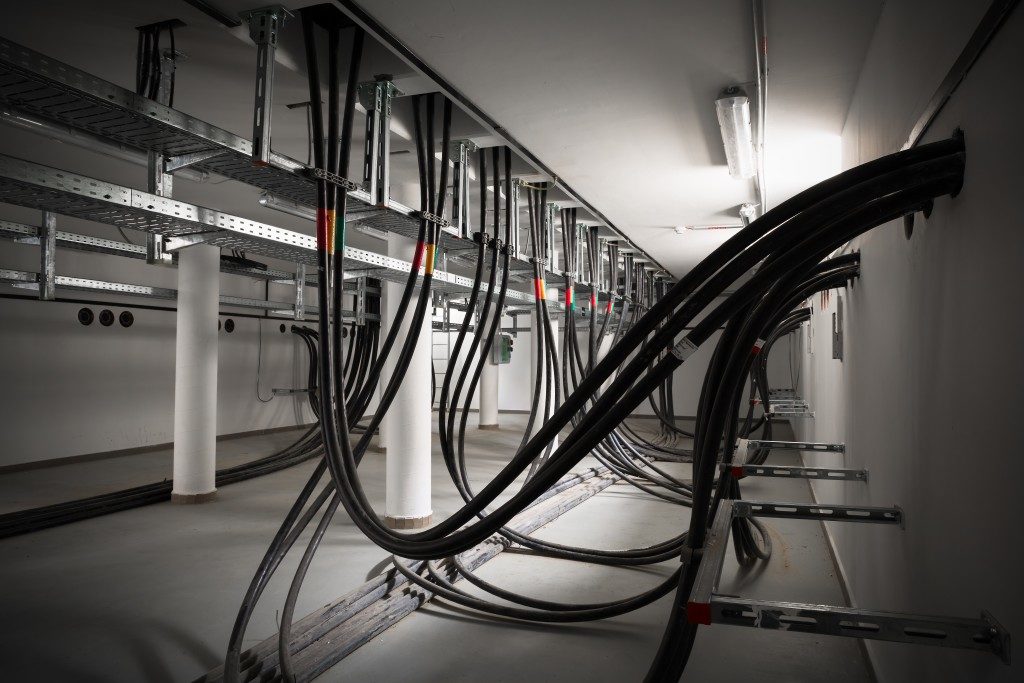One of the key factors in an industrial setup is an electric cable. A wrong cable choice will not only be ineffective for your operation but will also put your work environment at risk of electrical fires and frequent machine breakdowns.
There are multiple components involved in the designing of electrical cables in different industrial applications. Each of them has an impact on the overall function of your industry, and you should thus be careful when buying them.
A neoprene cable supplier in Singapore will have different types of wires in store for your application. Neoprene is generally preferred for its outstanding toughness, heat and weather resistance and resistance to the damage caused by flexing and twisting.
Irrespective of the cable type you choose from the supplier, the following are some components that should inform your pick.
Cable Size
Your cable’s size will be based on your current carrying capacity, short circuit rating, and voltage regulation. The current carrying capacity of your industry’s electric wires will be based on its thermal heating.
Voltage regulation is essential to guarantee your circuits do not have a prolonged voltage drop while short circuit ratings denote the proper selection of a cable size that can withstand short-circuiting.
Cable Operation
Your cable’s insulation should withstand the stress your voltage will place on it during its abnormal and routine operations. The insulation is thus based on your general system’s category rating and phase-to-phase voltage.
The insulation levels denote the general system’s category of your cables classified as 100%, 133%, and 173%. 100% level insulation comprises wires which clear ground faults in a minute and are generally known as grounded systems.
133% level insulation cables clear ground faults within an hour and is called ungrounded systems. Those with a 173% insulation level need an indefinite period to de-energize. These are used for resonant grounded and ungrounded system.
Cable Arrangement

Your conductors can be arranged to form three or single-conductor cables. Single conductors will be easy to install and splice and will allow you to form multiple-cable circuits; they also have a higher reactance compared to three-conductor cables. Three-conductor cables have a low reactance and a balanced stress distribution because of the equal spacing between conductors.
Shielding
The cables used in industrial applications can be non-shielded or shielded. Shielded cables should be used for non-metallic cables which operate in environments with more than 2kV in industries with dry soil, damp conduits, radio interference, and dusty environments.
The shielding used for industrial cables may be thermoplastic or rubber, and there are different set voltage limits on what sheathing will suffice. If you have portable cables or exposed overhead cables which are handled by your workers, you should only use shielded cables to avert electric shocks to your personnel.
Picking an electric cable for your industry is not as easy as getting the cheapest to cut back on your operation’s costs. An ideal choice of the above elements is essential to guarantee that the cable works for your application. You should thus ensure you have the best supplier for your cables rather than the nearest cable supplier in your locality.






